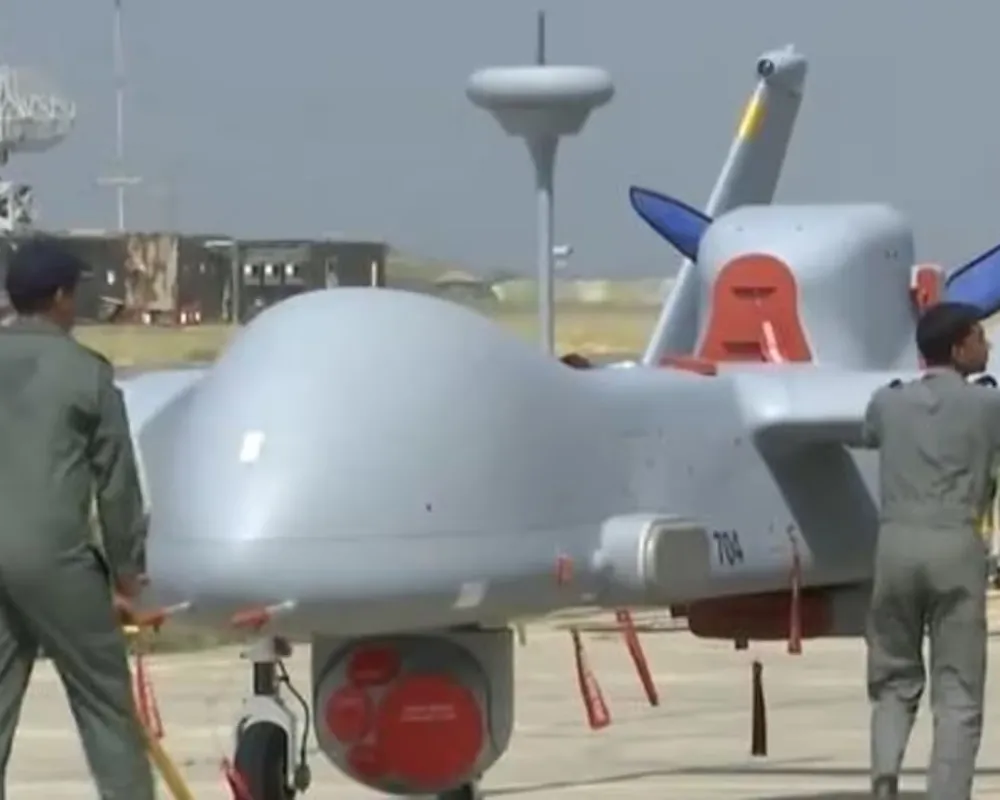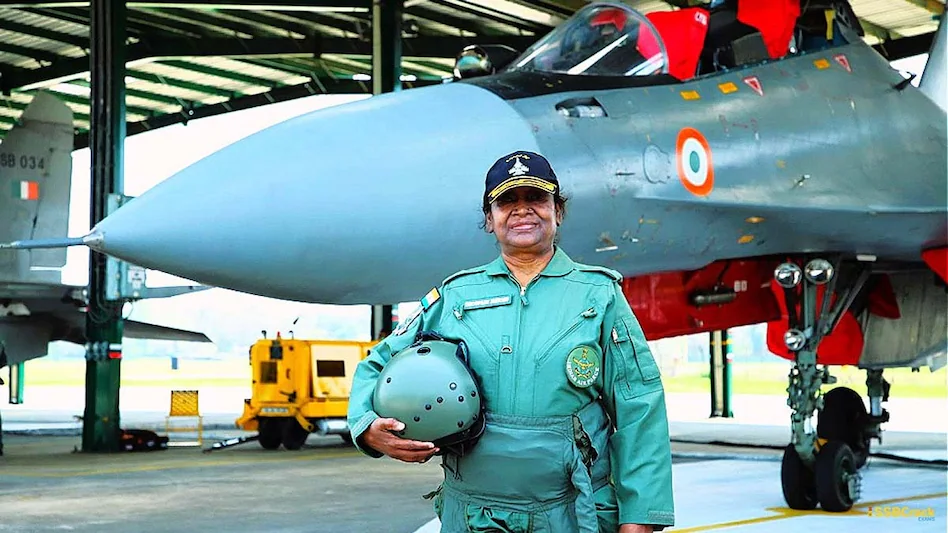Anti-India rebel groups in Myanmar claim Indian drone strikes killed cadres. India denies involvement, amidst the ongoing civil war. Explore the allegations, denials, and implications.
 Vinayak Singh
Vinayak Singh

Recent claims by various anti-India rebel groups operating from Myanmar, notably the United Liberation Front of Asom-Independent (ULFA-I) and the Revolutionary People's Front (RPF) of Manipur, of targeted drone attacks by the Indian Army on their camps in Myanmar's Sagaing region have ignited a fresh controversy. While the rebel outfits have provided detailed accounts of the alleged strikes and claimed casualties, the Indian Army has vehemently denied any involvement, adding another layer of complexity to the already volatile border region.
On Sunday, July 13, 2025, ULFA-I, led by Paresh Baruah, issued statements claiming that the Indian Army had carried out multiple waves of drone attacks on their "mobile camps" in Myanmar between 2 AM and 4 AM. The outfit alleged that over 150 drones, reportedly of Israeli and French make, were used in these pre-dawn strikes. ULFA-I specifically claimed the deaths of three senior members – Nayan Asom, Ganesh Asom, and Pradip Asom – with Ganesh and Pradip allegedly killed in a second strike while attending Nayan's funeral. The outfit also reported 19 members wounded and stated that the attacks occurred across a stretch of the India-Myanmar border, adjoining Longwa in Nagaland and Pangsau Pass in Arunachal Pradesh.
Separately, the RPF, the political wing of Manipur's People's Liberation Army (PLA), also claimed that Indian security forces dropped bombs using high-end drones, targeting four ULFA-I camps and a joint camp of ULFA-I and RPF. While RPF claimed no casualties on its side, it corroborated the death of ULFA-I's Nayan Asom. Both groups have contested the Indian Army's denials, asserting that residents of the border belt in Arunachal Pradesh could testify to the attacks.
In response to these serious allegations, the Indian Army has issued firm denials. A spokesperson for the Ministry of Defence, Lt Col Mahendra Rawat, stated, "There are no inputs with the Indian Army on such an operation." Similarly, the Assam Chief Minister and state police have denied any involvement or knowledge of operations against the outfit from Assam's soil, stating that clarity would emerge as more information arrived from the remote border areas. These official denials maintain India's long-standing policy of not confirming cross-border military operations, even when such actions are widely speculated or alleged by the targeted groups.
The alleged drone attacks and India's subsequent denials highlight the multifaceted and often clandestine nature of security operations along the porous India-Myanmar border. Several factors contribute to this complexity:
The claims of drone attacks on anti-India rebel groups in Myanmar, met with official denials from India, underscore the intricate security challenges along the Indo-Myanmar border. While the Indian Army's official stance is clear, the allegations themselves highlight the constant pressure on India's security forces to counter cross-border insurgency. The ongoing civil war in Myanmar adds a layer of complexity, making it difficult to ascertain the exact perpetrator of such attacks with absolute certainty. This situation necessitates continued vigilance, sophisticated intelligence gathering, and a nuanced diplomatic approach from India to manage its eastern border and protect its national interests without overtly compromising international relations.






Sign up for the Daily newsletter to get your biggest stories, handpicked for you each day.
 Trending Now! in last 24hrs
Trending Now! in last 24hrs



